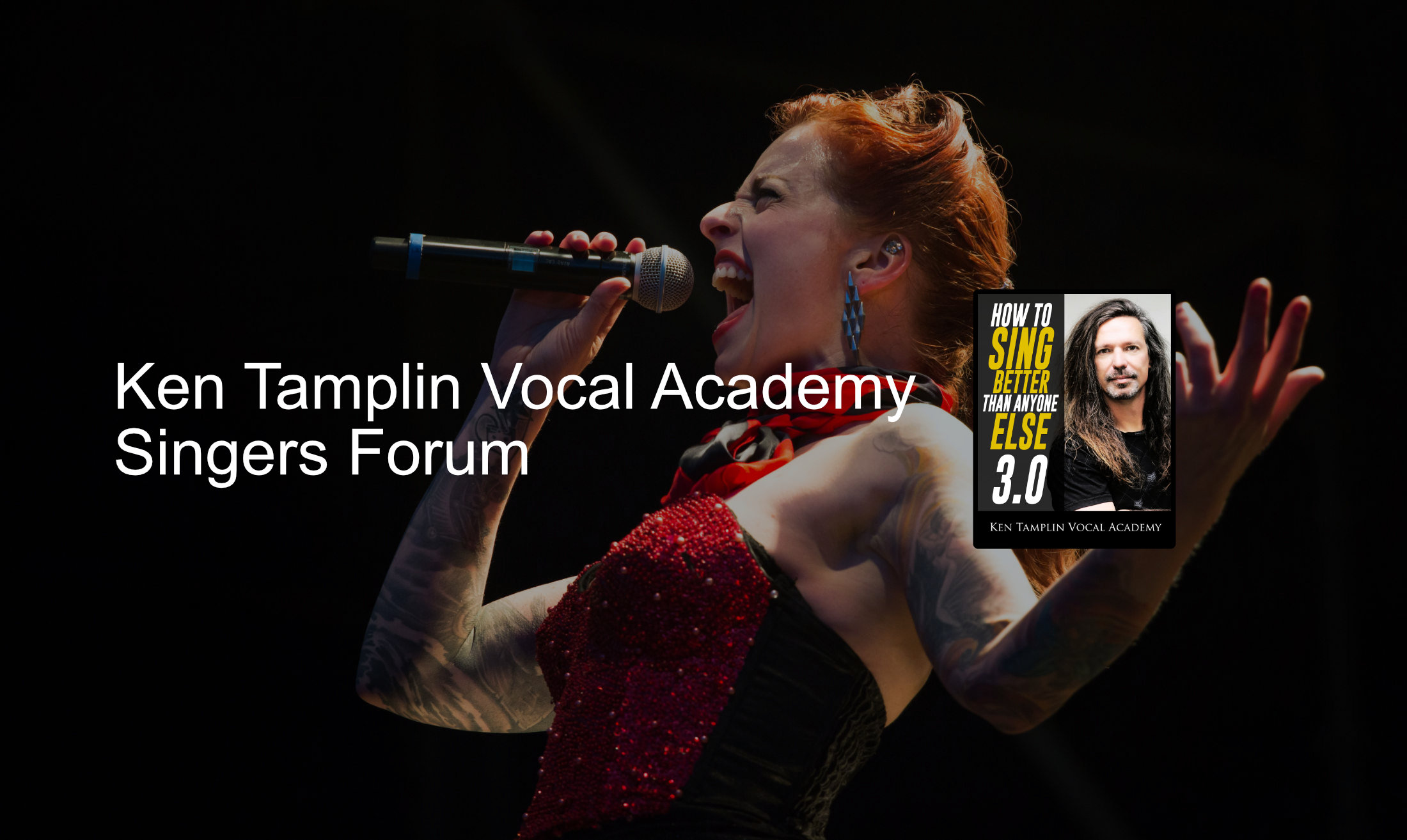Options
10k Wish List Pre and Mic
 kaulfers
Pro Posts: 300
kaulfers
Pro Posts: 300
One year from now I'll be picking up a "top of the line" preamp and mic. Criteria, will be the last mic to buy for at least a decade, and hold its market value, all things equal. So something that's worth it's salt.
So if your gear budget was 10K, what would you get, Mic and Pre first anything left over is just a bonus?
So if your gear budget was 10K, what would you get, Mic and Pre first anything left over is just a bonus?


Comments
There are a few in mind in the 1500-3500 range, mostly for VO work and I'll be testing out a few. A high end mic won't make anyone "sound better", if anything it will show them a lot more the problems.
I'm just painting the picture of my future treated music room.
Preamp:
Manley CORE
Avalon 737
I ordered an Apollo Twin Duo for now as an interface/pre. It's at the low end of pro interfaces without all the extra features a single user doesn't need.
I'm mobile right now so this thing looked like the best solution for what I'm after at the moment.
Bob
Right now I don't have anything but my camera mic and pre, which is great (Sound Devices MM1, and a Rode NTG-2). Just a pain to go back and forth from camera to laptop. I'll still be picking up what I'm after by the end of the year.
My main use for the Apollo is voice over, which I've been doing with a logitec headset, and a lot of doctoring in post.
Do you think it's worth a total overhaul of equipment for that 1 piece of gear or would I be satisfied with an Apogee. I'm worried if I bought the Apogee, I'd always be thinking about the Apollo and then just buy it later anyway. Meaning I'd have spent even more money...
Hypothetically, if I wanted to remain largely analogue and have great hardware, what would I need to convert it and get the signal into a DAW?
Thank you for the feedback.
@streeter
Apollo Twin comes in USB 3 now which is what I put on order before they kept pushing the date back. So right now I'll stick with my 18i8 which just two 2i2s.
I don't think bottle necking is much of a problem. It's going to convert the line signal into digital signal just fine. the 2i2 shouldn't even bother it.
What I've read, the USB 3 Apollo Twin does eat up the USB 3 buss, meaning nothing else can be on that line. So if you're external HDs are on it there could be a problem.
I just like "higher end stuff" because it's easier to sell later on and I like the lower end stuff because it's easy to make videos about as it has more reach.
Have you had time to play with the twin yet... Really thinking about taking the plunge!
No, I've been using a Sound Devices MM-1 into a focusrite interface and that little preamp does great.
We went back and forth at work on picking up a couple of twins for our editing stations (video/voice over). But grabbed a couple Zoom Tac 2Rs, with thunderbolt. Been using a beyerdynamic m99 with it sounds pretty good, clean neutral.
More water less coffee as well. Although that Kona coffee is very very good.
Glad I waited a bit for the apollo, just picked up a MKii for a good price. Also some other goodies to go along with it.
I'll be making some new LAH videos soon.